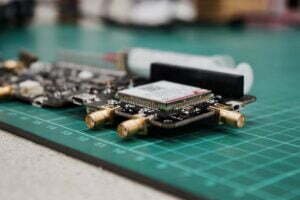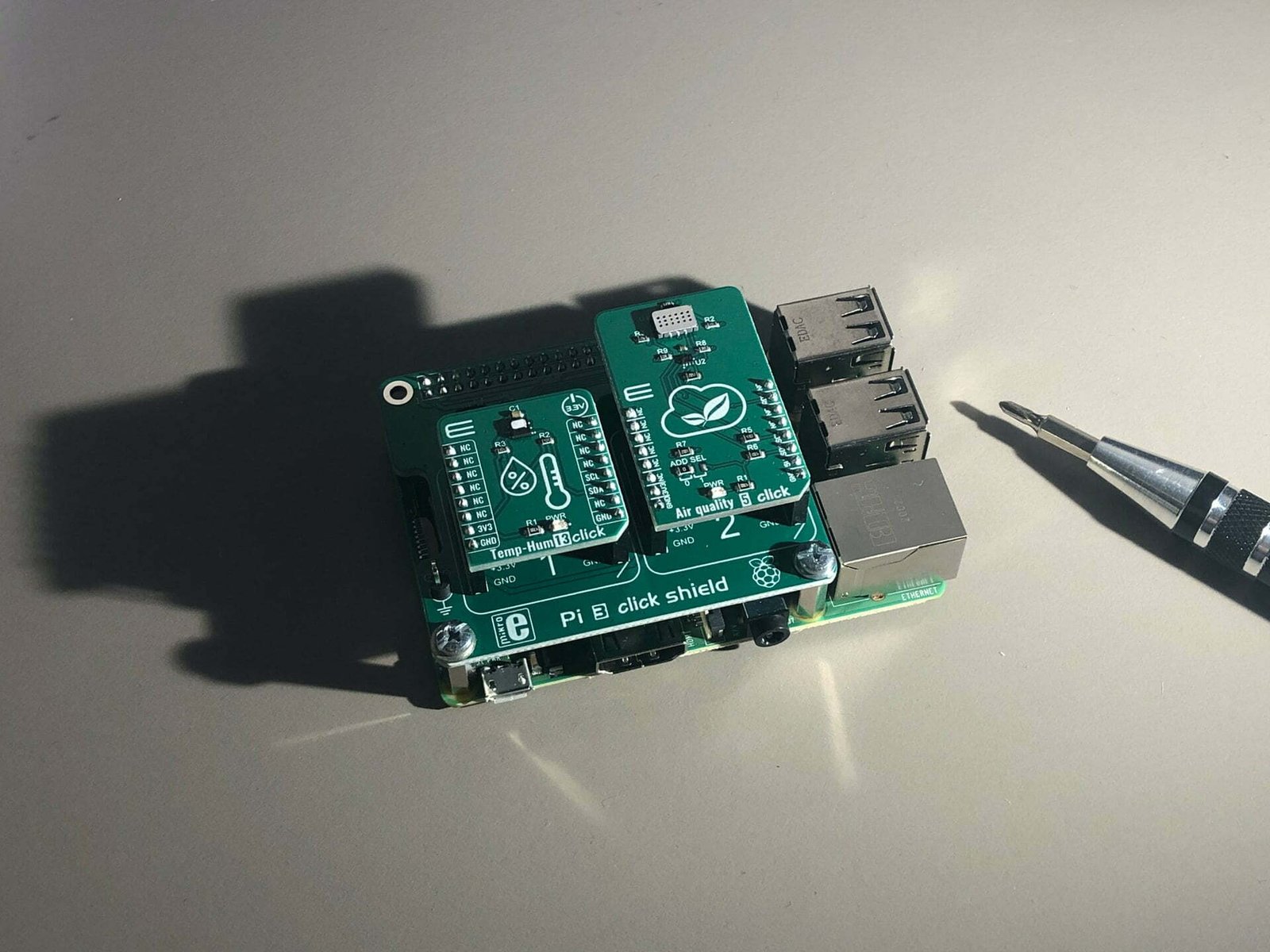Microelectromechanical systems (MEMS) join mechanical parts, electrical parts and electronic hardware utilizing integrated circuit (IC) producing advancements.
The structural features in these frameworks are tiny (from 1 to 100 µm), with an average MEMS chip fluctuating from 1 to 5 millimeters. These gadgets differ from straightforward spring-and-weight instruments to complex frameworks with many moving parts to gadgets with no moving parts.

Their small size gives incredible benefits over customary sensor and actuator technologies, for example,
- Quicker reaction times because of more limited electrical distance (inside a solitary chip, rather than various individual parts)
- low power utilization
- High dependability, execution and exactness
- Essentially lower cost through mass assembling utilizing IC cycles
Types of MEMS Sensors
Sensors distinguish and measure changes in ecological conditions like pressure, speed increase and electromagnetic energy and react with electrical signs that can be utilized as contributions to regulators or actuators.
The MEMS sensors generally pervasive in the present vehicles are:
- Inertial sensors (accelerometers and whirligigs)
- Magnetometers
- Pressure sensors
- Warm or thermal sensors
- Gas sensors
- Optical MEMS
How do MEMS sensors monitor fuel performance?
Rising worldwide temperatures and rising population have incited nations to look for direction on economy and emissions norms all over the planet. As per the United States Environmental Protection Agency, transportation contains the biggest part of ozone harming substance discharges (29%), with light-borne traveler vehicles contributing 59%.
Current Corporate Average Fuel Economy (CAFE) norms require traveler vehicles to arrive at a normal of 23 km/l (54.5 m/g) by 2025 for all of the organization’s light-obligation vehicle contributions. It is actually significant that this standard is the normal across the fleet and only one out of every odd light-obligation vehicle is needed to arrive at this degree of efficiency.

The objective, established to push the business to take considerable steps in automotive improvement to forcefully control ozone harming substance emissions, stunned the development of original equipment manufacturers (OEMs) in two regions.
Some are putting energy into electric vehicles (EVs), while others are zeroing in on further improving internal combustion engines (ICEs) with squander heat recuperation or other steady motor upgrades. The energy around EVs and Autonomous Vehicles (AVs) filled market passage by new OEMs.
In any case, there are intrinsic difficulties to the mass commercialization of EVs and AVs, setting out a freedom for ICE innovation.
OEMs went to Micro-Electro-Mechanical Systems (MEMS) sensors to begin to address steady moves up to ICE mileage This blog inspects how architects are utilizing MEMS sensors to further develop mileage and emissions.
Fuel Economy and Emissions
Engineers are creating MEMS sensors to further develop fuel investment savings. The sensor has been utilized for programmed start/stop to stop the burning response when the vehicle is halted or stopped. All things considered, the office has prompted just gradual improvements – around 10% – in city traffic. This outcome implies that where the vehicle is driven has an impact on performance.
The main benefit given by MEMS sensors is the programmed change of the air/fuel proportion to further develop fuel savings. This application is driving interest for MEMS sensors in the ICE automotive market. A MEMS sensor records airflow to the motor and inactivity changes the air/fuel blend to focus on the stoichiometric (complete) compositions, generally 14:1 air to fuel by mass. Destructive emissions are conversely identified with the total burning of fuel; The more effective the ignition, the less unwanted emissions the vehicle will produce.

Another sub application of MEMS sensors utilized in motor execution is nitrogen oxide (NOx) control. MEMS sensors can handle NOx, an undesirable deficient burning item whose concentration increases with temperature, checking and managing pressure. Tension and temperature are additionally straightforwardly related. Therefore, when the pressure sensor reads a level by which the ignition chamber temperature surpasses the NOx formation level (1371 °C), it conveys a message to the motor to reduce the pressure.
Controlling the air/fuel returns the temperature of the combustion chamber to the ideal level. NOx generally frames in lean fuel blends in light of the fact that there is sufficient air to totally consume off the carbon chains in the response. This condition keeps the utilization of nuclear power from the fierceness of combustion, permitting abundant air to be delivered to warm the chamber.
At The End
Engineers use MEMS sensors to monitor and show engine status, however they are likewise extending those applications to address economy and emissions. While EVs are driving business sector interest, the desire to ceaselessly further develop customary ICE innovation is driving MEMS innovation in the near term.

